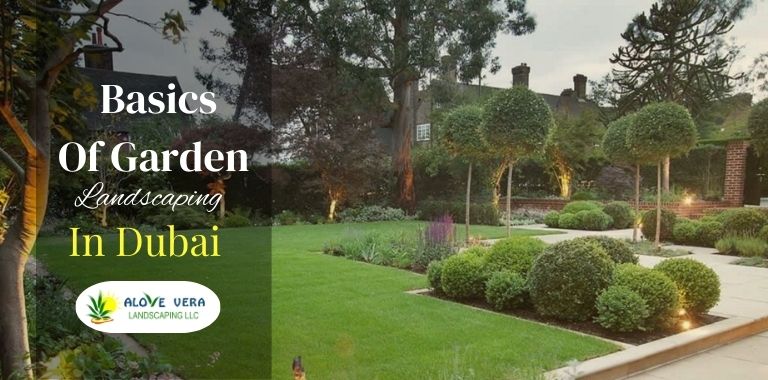Rules of Landscape Architecture From History to Future Trends
The word “landscape architecture” makes you think of green parks, peaceful gardens, and carefully planned outdoor areas. But what’s really going on beneath the surface of this job? We look into the long past, basic ideas, a wide range of projects, and upcoming trends in landscape architecture in this in-depth guide. Come with us on a trip through the green spaces of creation and new ideas.
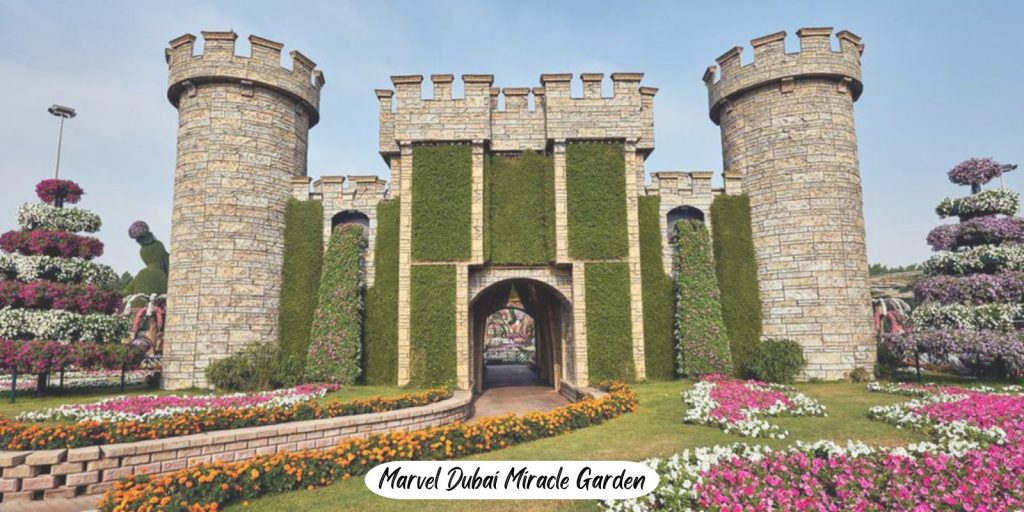
The History of Landscape Design
Landscape architecture is like a tapestry made of threads from different time periods and artists with big ideas. Landscapes have always been a way to show culture, power, and beauty, from the Hanging Gardens of Babylon to the grandeur of Versailles.
The word “landscape architect” became popular in the 1800s thanks to Frederick Law Olmsted. Notable works by Olmsted include New York City’s Central Park. Olmsted’s goal was more than just beauty; it included fairness for everyone, caring for the environment, and bringing nature into city life.
Components and Rules:
Landscape architecture is based on the ideas and aspects that turn places into works of living art. When abstract design principles meet natural and built elements, they make settings that are harmonious, stimulating the senses and uplifting the spirit.
Getting to Know the Elements
Landscapes come to life with natural features like plants and water features, while man-made features give them shape and purpose. Spaces have personality and meaning because of abstract things like lines, color, texture, and shape that shape experiences and stories.
Landscape design is based on eight basic ideas: unity, balance, scale, rhythm, focalization, simplicity, variety, and contrast. When carefully used, these principles create places that are cohesive, balanced, and dynamic, making them perfect for exploring and thinking.
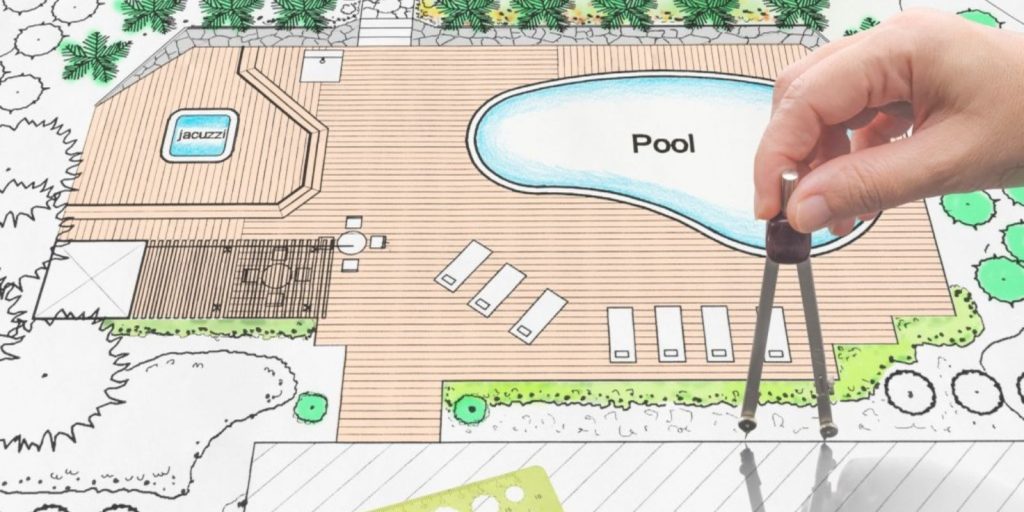
What do landscape architects do?
In landscape design art, and science come together in a way that is both creative and useful. From the first site analysis to the final installation, landscape architects see projects through to completion, making sure that each area fits in with its surroundings and reflects the designer’s vision.
Different Projects, Common Goals
Landscape architecture covers a wide range of topics, such as urban planning, protecting the environment, creating leisure areas, and private gardens, preserving history, and connecting different types of infrastructure. Each project shows how people worked together, came up with new ideas, and were dedicated to making people’s lives better.
Landscape design is important for more than just looks. It has a huge impact on making the world a better place. Its effects can be felt in ecosystems, neighborhoods, and cities. It helps fight climate change, improves public health, and boosts the economy.
Problems and Trends
As we try to figure out how to live in the 21st century, landscape architecture faces challenges and chances that have never been seen before. Changes in the climate, new technologies, and changing societal needs all call for flexible strategies and answers that look to the future.
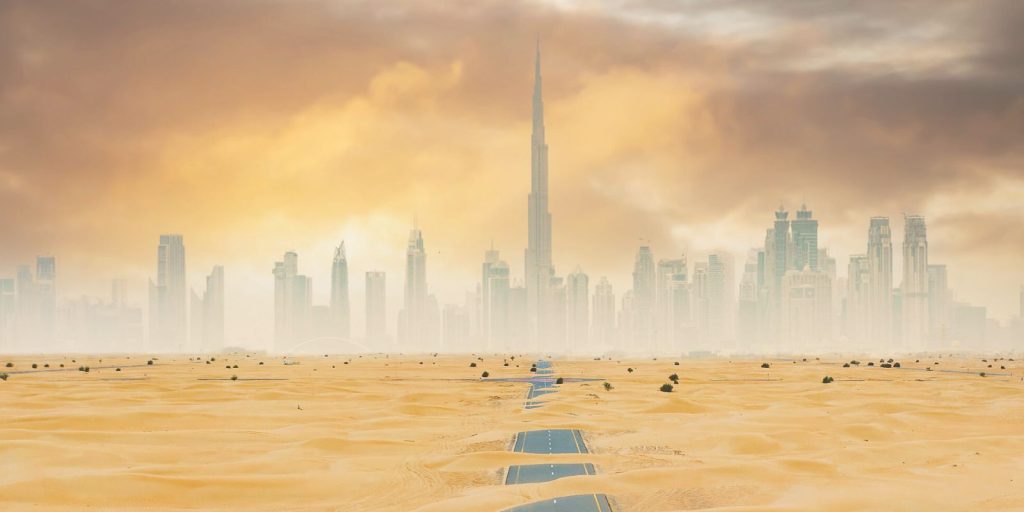
Climate Change and Sustainability
The urgency of climate change makes it even more important for landscape planning to be sustainable. Landscape planners are leaders in caring for the environment because they use resilient design principles and build green infrastructure.
Innovations in Technology
Landscape rendering technology is changing the way artists work by letting them see what they’re doing and make changes more quickly and accurately than ever before. Real-time rendering tools make it easy for people to work together and talk to each other, which makes it easier to make scenes that are immersive and interesting.
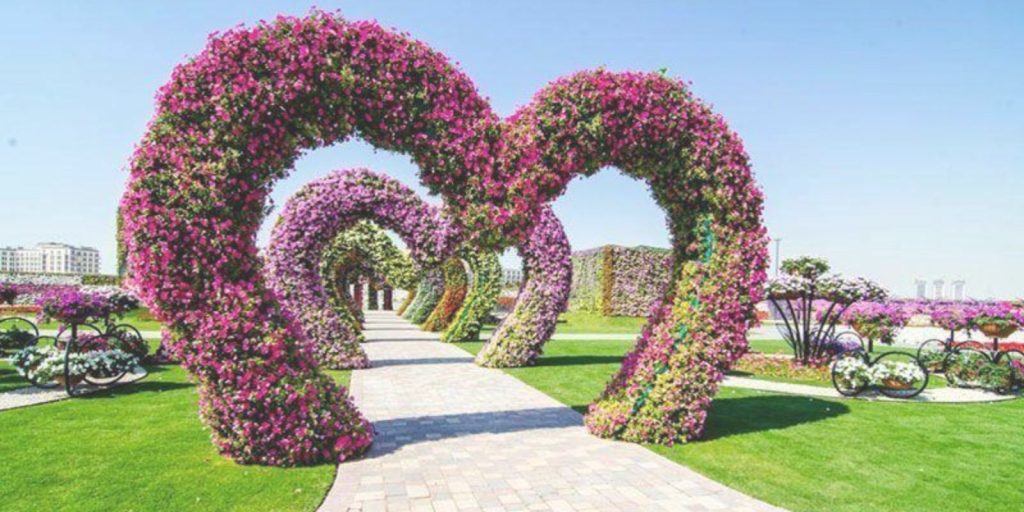
Vertical Gardening
Vertical planting is a scalable way to increase greenery and reduce the effects of the urban heat island effect in areas with lots of people. Landscape architects are changing the way people think about the relationship between nature and the built world by turning vertical surfaces into colorful living walls.
Attention to mental health
There is a lot of research that shows a link between nature and mental health. Landscape planners are using this information to make therapeutic outdoor spaces that help people relax, reduce stress, and feel better overall. From healing gardens to sensory landscapes, these plans put people’s well-being first in a world that is becoming more and more urbanized.
How Landscape Architecture Works in the 21st Century
As we enter a new age, landscape architecture shows how to be open to new ideas, flexible, and willing to work with others. Landscape planners are making the future greener and better for future generations by combining tradition with new ideas and creativity with environmental friendliness.
Discover What Makes Landscaping Dubai Unique
Landscaping Dubai’s team works hard to make outdoor areas that are beautiful, useful, and environmentally friendly in Dubai’s busy landscape. We bring creativity, skill, and love to every project, from backyard gardens to urban parks. Please help us rethink the world we will live in tomorrow.




